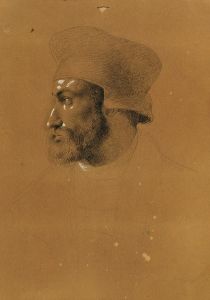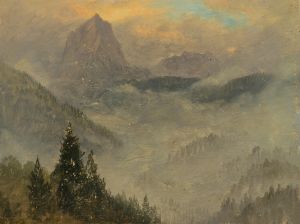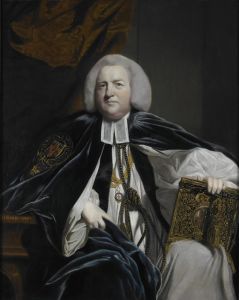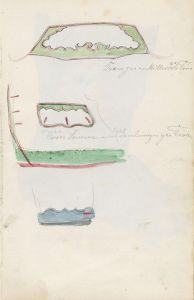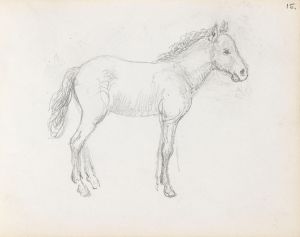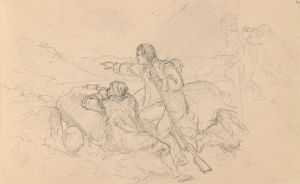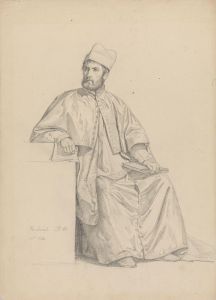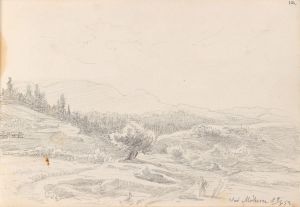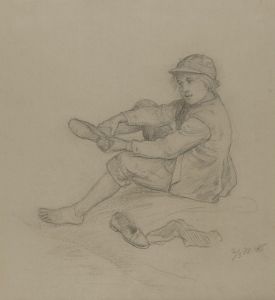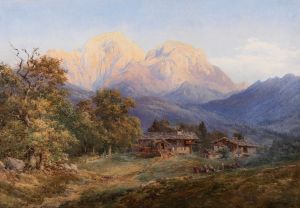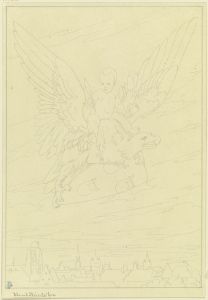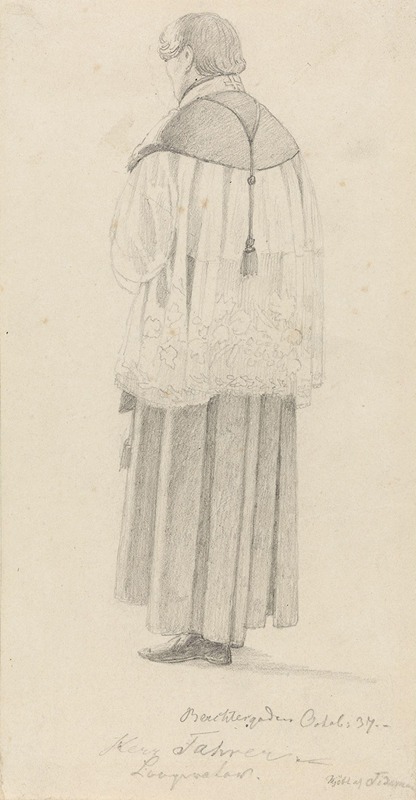
Katolsk geistlig, Berchtesgaden
A hand-painted replica of Adolph Tidemand’s masterpiece Katolsk geistlig, Berchtesgaden, meticulously crafted by professional artists to capture the true essence of the original. Each piece is created with museum-quality canvas and rare mineral pigments, carefully painted by experienced artists with delicate brushstrokes and rich, layered colors to perfectly recreate the texture of the original artwork. Unlike machine-printed reproductions, this hand-painted version brings the painting to life, infused with the artist’s emotions and skill in every stroke. Whether for personal collection or home decoration, it instantly elevates the artistic atmosphere of any space.
Adolph Tidemand (1814–1876) was a prominent Norwegian painter known for his contributions to the Romantic Nationalism movement in Norway. His works often depicted Norwegian folk life, traditions, and religious themes, reflecting the cultural identity of the nation during the 19th century. One of his lesser-known paintings, Katolsk geistlig, Berchtesgaden (translated as Catholic Clergyman, Berchtesgaden), is an example of his interest in capturing religious and cultural subjects.
The painting portrays a Catholic clergyman in the town of Berchtesgaden, located in Bavaria, Germany. Berchtesgaden, known for its picturesque Alpine scenery and historical significance, was a popular destination for artists and travelers during the 19th century. Tidemand likely visited the region during his travels in Europe, which were integral to his artistic development. His journeys to Germany, Italy, and other parts of Europe exposed him to various artistic styles and cultural influences, which he incorporated into his work.
In Katolsk geistlig, Berchtesgaden, Tidemand demonstrates his skill in capturing the details of traditional clerical attire and the solemn demeanor of the subject. The painting reflects his interest in religious figures and their role in society, a theme that recurs in several of his works. While Tidemand is best known for his depictions of Norwegian rural life and Protestant religious practices, this painting stands out as an example of his engagement with Catholicism and its visual representation.
The exact date of the painting is not well-documented, but it is believed to have been created during one of Tidemand's study trips to Germany in the mid-19th century. These trips were crucial for Tidemand's artistic growth, as he studied at the Düsseldorf Academy and became associated with the Düsseldorf School of Painting, known for its detailed and realistic style.
Today, Katolsk geistlig, Berchtesgaden is recognized as part of Tidemand's broader body of work, which includes iconic paintings such as Haugianerne (The Haugeans) and Brudeferden i Hardanger (The Bridal Procession in Hardanger), the latter created in collaboration with Hans Gude. While Katolsk geistlig, Berchtesgaden may not be as widely celebrated as some of his other pieces, it remains a testament to Tidemand's versatility and his ability to capture the essence of different cultural and religious contexts.
Further details about the painting's current location or ownership are not readily available.





